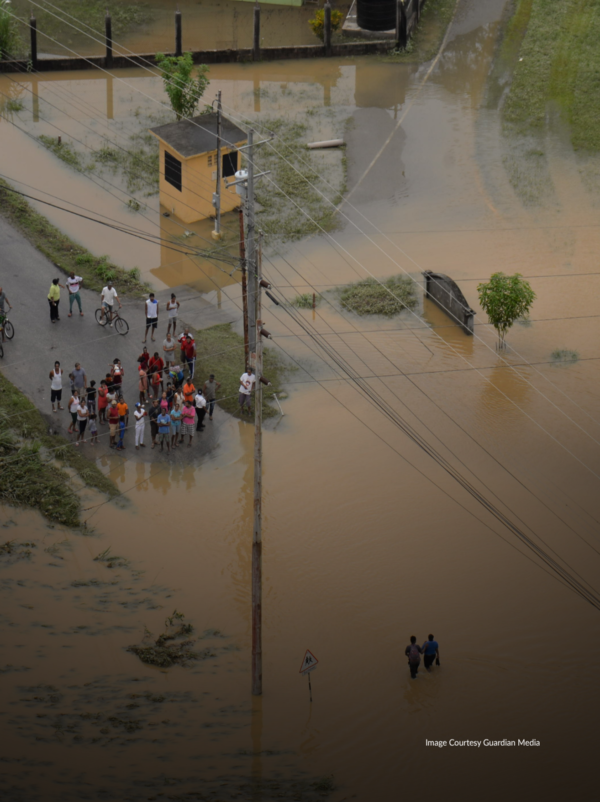Threshold electricity consumption enables multiple Sustainable Development Goals
Authors

Access to sufficient amounts of energy is a prerequisite for the development of human well-being. The Sustainable Development Goals (SDGs) recognize the interconnectedness of climate change, energy access and development. However, not all SDG targets are quantified, leaving room for ambiguity in fulfilling, for example, the goal of ensuring access to affordable, reliable, sustainable and modern energy for all (SDG7).
We show how specific sustainable development targets for health indicators are strongly correlated with electricity consumption levels in the poorest of countries. Clear thresholds in per capita electricity consumption of a few hundred kWh per year are identified by analyzing SDG indicator data as a function of per capita country electricity consumption.
Those thresholds are strongly correlated with meeting of SDG 3 targets-below the identified thresholds, countries do not meet the SDG targets, while above the threshold there is a clear relationship between increasing consumption of electricity and improvement of SDG indicators. Electricity consumption of 400 kWh per capita is significantly higher than projections made by international agencies for future energy access, but only 5%–10% that of OECD countries.
At the very least, the presence of thresholds and historical data patterns requires an understanding of how SDG targets would be met in the absence of this threshold level of electricity access.











